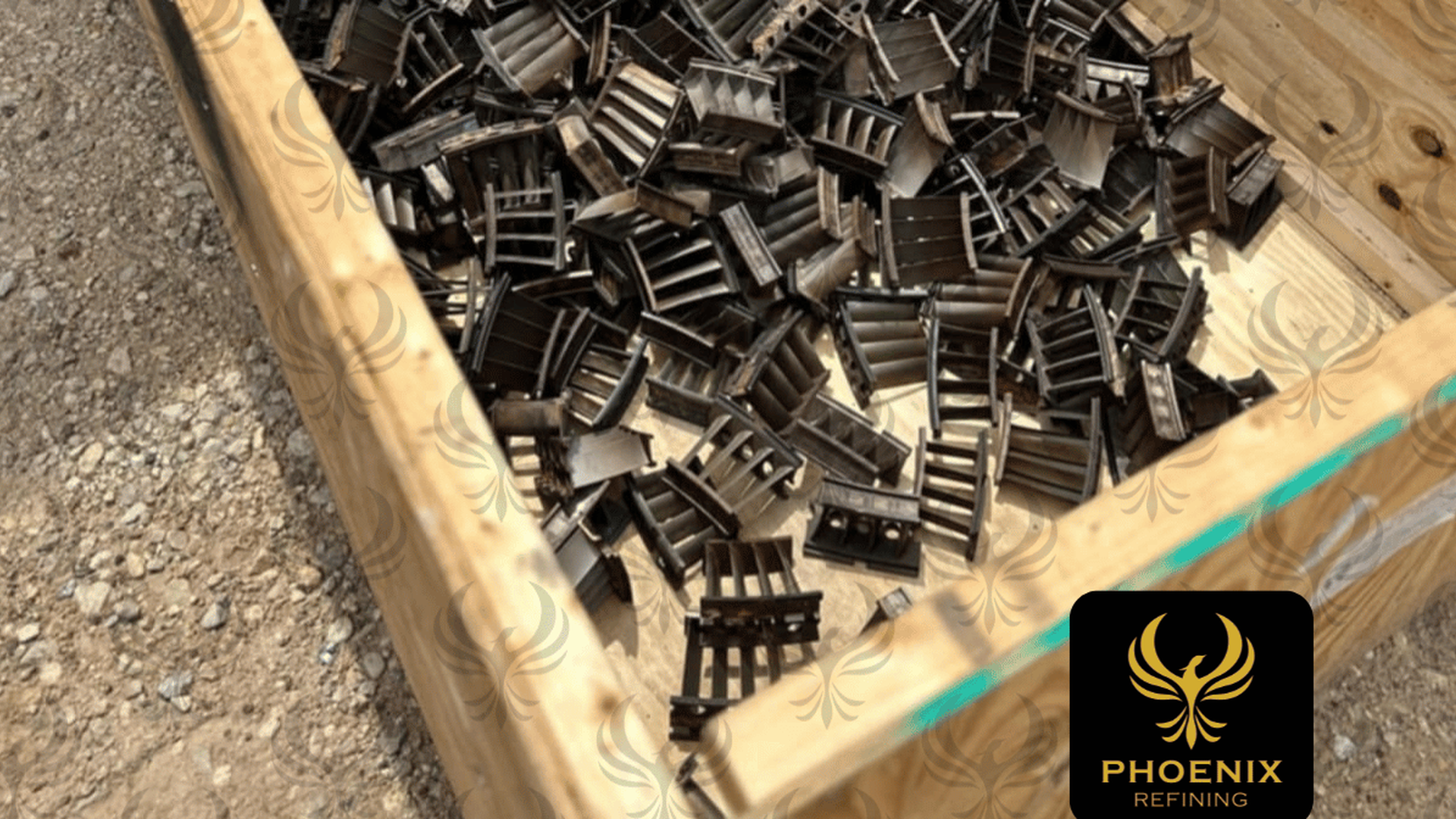

Platinum group metals (PGMs), including platinum, palladium, and rhodium, play a crucial role in the automotive industry, particularly in catalytic converters. As environmental regulations tighten, the demand for PGMs continues to rise, making their efficient recycling an essential aspect of resource sustainability. End-of-life recycling rates (EOL-RRs) of PGMs are vital for ensuring their availability while reducing environmental impacts. However, regional disparities in recycling rates and management practices pose significant challenges.
The estimation of EOL-RRs is highly sensitive to assumptions regarding vehicle lifespan. A longer assumed lifespan results in higher EOL-RR estimates, as it lowers the total estimated PGM content in end-of-life vehicles. When vehicle lifespan assumptions were increased by 20%, EOL-RRs for platinum changed by 10.5% in North America, 7.4% in Europe, 2.0% in Japan, and 32.4% in China. Conversely, reducing lifespans by 20% led to changes of 3.7%, 4.4%, 5.7%, and 25.0%, respectively, with China experiencing the most significant variations due to its rapidly evolving emissions standards.
Another critical factor is the proportion of PGM mass in scraps used for international trade. The impact of this assumption is relatively insignificant for regions with low international trade volumes, but it is significant for Japan due to its large trade volume. A 20% increase in assumed PGM mass proportion led to palladium EOL-RR changes of 1.5% in North America, 3.2% in Europe, 4.7% in Japan, and 2.1% in China, while a 20% decrease resulted in changes of 1.5%, 3.0%, 5.2%, and 2.1%, respectively.
PGMs in-use stocks within the automotive industry show considerable potential for recycling. In 2017, these stocks totaled approximately 3.65 kt across North America, Europe, Japan, and China, accounting for more than 50% of the global in-use PGM stocks estimated at 7.3 kt in 2015. Although the total identified global PGM resources exceed 100 kt, with 69 kt in reserves, in-use stocks provide a geographically convenient source of these critical materials, particularly in developed economies where demand is highest.
However, EOL-RRs remain low, particularly in developing countries like China, primarily due to inefficient recycling infrastructure, poor regulation, and illegal trade of end-of-life catalytic converters. In developed nations like the U.S., well-established regulatory frameworks, such as the Automobile Recycling Association and Catalyst Disposal Services, ensure structured recycling processes. In contrast, China only introduced strict regulations in 2016, leading to challenges in enforcing proper recycling practices. Moreover, the presence of small, unregulated workshops employing low-cost, inefficient recovery technologies results in further losses of PGMs.
To address the disparities in end-of-life recovery rates of precious group metals (PGMs) globally, several policy measures are recommended. First, it is vital for developing nations to prioritize the establishment of comprehensive domestic recycling systems. This includes implementing extended producer responsibility (EPR) programs, which encourage manufacturers to take responsibility for the entire lifecycle of their products, including recycling. Furthermore, governments should enforce stricter regulations on PGM recycling to prevent illegal exports of catalytic converters, ensuring that valuable resources are recovered appropriately. Investment in modern recycling infrastructure is also essential, as it can significantly enhance recovery rates and reduce the reliance on landfilling.
In terms of economic incentives and market regulations, the profitability of PGM recycling is closely linked to fluctuations in metal prices, which are dictated by supply and demand dynamics, as well as the pricing of related metals like copper and nickel. To stabilize the economic landscape, policymakers should contemplate offering subsidies to dismantlers and recycling facilities. This support would be particularly crucial during periods when metal prices are low, ensuring that recycling remains a viable and attractive option.
Moreover, encouraging research into low-PGM catalysts and alternative materials is necessary to reduce dependency on PGMs. Countries such as Japan, the United States, and China are already setting ambitious targets for limiting PGM usage in fuel cells, aiming for dramatically lower thresholds by 2030. Specifically, Japan is targeting 0.05 grams per kilowatt, the U.S. is aiming for 0.1 grams per kilowatt by 2025, and China is seeking 0.125 grams per kilowatt by 2030. However, it is important to approach the reduction in PGM usage with caution, as overly aggressive cuts could inadvertently decrease recycling efficiency, raise recovery costs, and potentially discourage future recycling efforts. A balanced approach must therefore be pursued to ensure that the goals of sustainability and resource recovery are met effectively..
The recycling of PGMs from end-of-life vehicles is critical for resource sustainability, but significant regional disparities hinder effective recovery. While developed nations have established recycling frameworks, developing countries still face regulatory and infrastructural challenges. To enhance EOL-RRs globally, policymakers must implement stricter regulations, invest in infrastructure, and provide economic incentives for recycling enterprises. Additionally, continued research into PGM alternatives must balance resource conservation with maintaining economic viability in the recycling industry. Addressing these issues will ensure a more sustainable and secure supply of PGMs in the future.
One limitation of this study is the exclusion of second-hand vehicle trade data, which could affect EOL-RR estimates in major exporting countries like the U.S. and Japan. Future research should focus on integrating second-hand vehicle flows to provide more accurate assessments and policy recommendations.